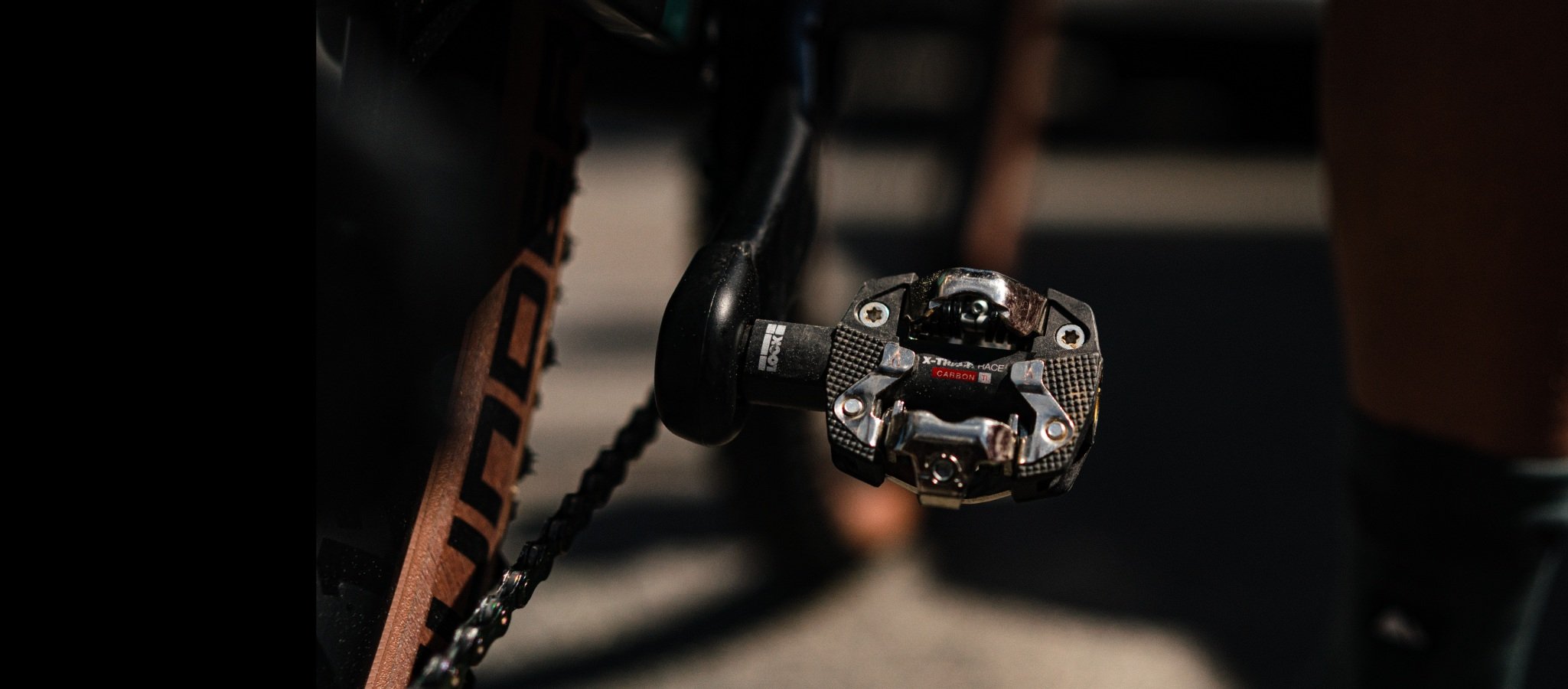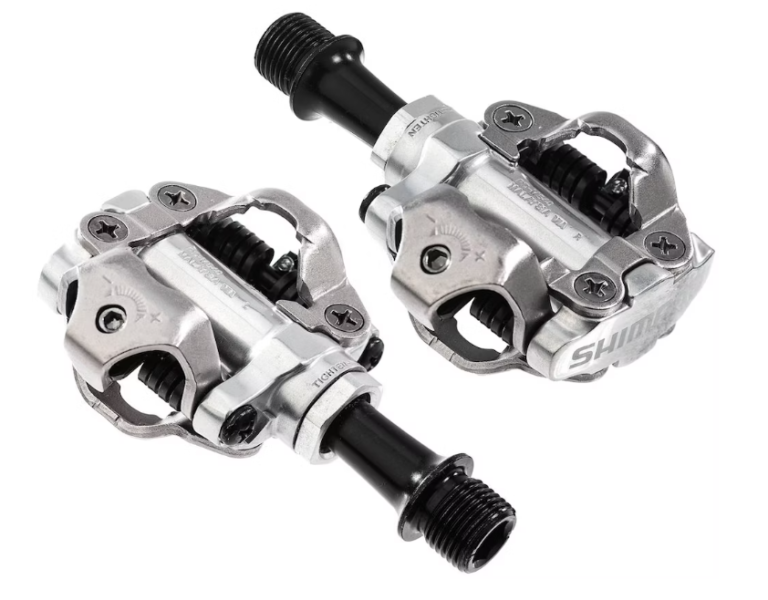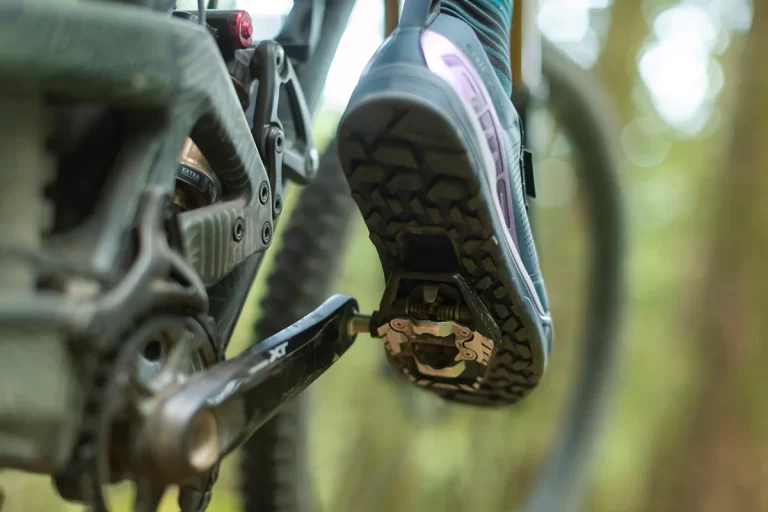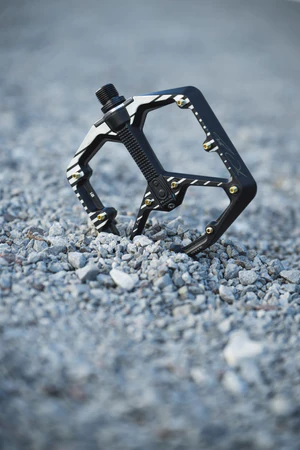Pedal Power: Comparing Materials Plastic vs Metal Bike Pedals
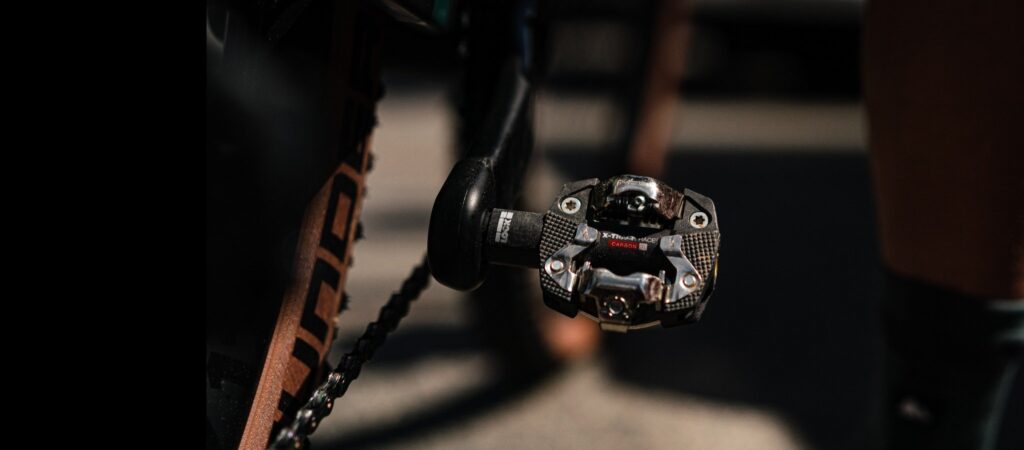
Key Point Summary of Comparing Materials Plastic vs Metal Bike Pedals:
- Durability: Metal foot levers often offer superior durability and strength, making them suitable for aggressive riding styles and rough terrain.
- Weight: Plastic foot levers are typically lighter, which can contribute to overall bike weight savings.
- Grip and Performance: The material can affect the foot lever’s grip and overall performance under different riding conditions.
- Cost and Maintenance: Generally, plastic foot levers are more cost-effective and require less maintenance, while metal foot levers, though potentially higher in cost, provide greater longevity and can withstand more wear and tear.
In the world of cycling, the debate between plastic and metal bike pedals is as enduring as the quest for the perfect ride. As a seasoned cyclist with years of racing and riding across diverse terrains—from the steep inclines of mountain biking to the rugged paths of gravel and the mud-soaked courses of cyclocross—I’ve experienced firsthand how the choice of foot lever material can influence both performance and comfort. This article delves into the nuances of plastic versus metal bike pedals, aiming to guide beginner and mid-level cyclists through this crucial gear decision.
Durability: The Long Haul
Metal pedals, traditionally made from alloys like aluminum or steel, are renowned for their strength and ability to withstand the rigors of more aggressive riding. Whether it’s navigating rocky terrain or enduring the impact of cyclocross races, metal pedals have consistently proven their resilience. On the other hand, advancements in materials science have significantly improved the durability of plastic pedals, with high-quality composites offering a surprising level of toughness. However, when faced with the same level of abuse, metal pedals generally hold the edge in longevity.
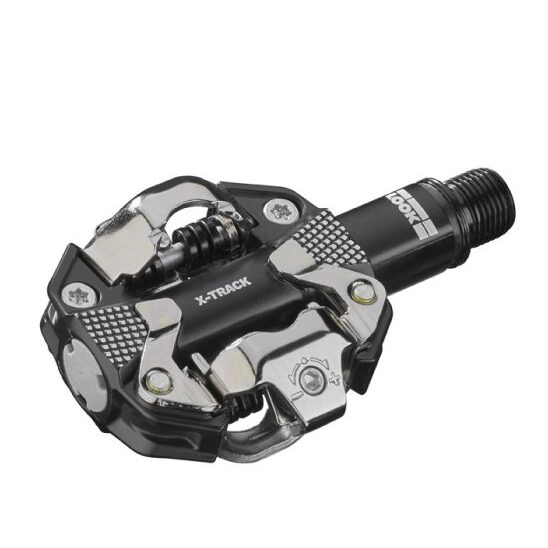
The Weight Debate: Light as a Feather
Weight is a paramount consideration for many cyclists, especially those keen on racing or optimizing their bike for speed. Plastic pedals, being inherently lighter, can shave off crucial grams from the overall bike weight. This reduction can be a boon for cyclists aiming to maximize efficiency and speed. Nevertheless, it’s essential to balance weight savings with functionality. While metal pedals are heavier, they offer the added benefit of increased stability and durability, which can be advantageous in technical or demanding riding conditions.
Grip and Performance: Holding Firm
The material of the foot lever can significantly impact its grip and performance, especially under varying weather conditions. Metal pedals often feature replaceable pins that can be adjusted for desired grip levels, making them highly customizable for different types of riding. This adjustability is invaluable in wet or muddy conditions, where grip becomes paramount. Plastic pedals, while offering inherent grip, may not provide the same level of customization. However, for casual or beginner riders, the grip provided by quality plastic pedals is more than sufficient for everyday use.
Cost and Maintenance: Balancing Act
When it comes to cost and maintenance, plastic pedals are generally more budget-friendly and require less upkeep, making them an attractive option for those new to cycling or looking to minimize maintenance chores. Metal pedals, with their higher durability and potential for customization, typically come with a higher price tag and may require periodic maintenance, such as pin replacement or lubrication, to keep them in optimal condition.
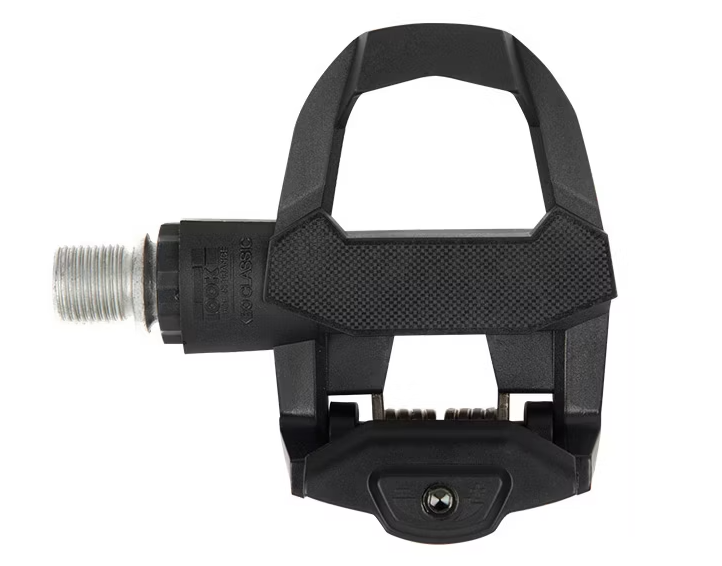
Comparing Materials Plastic vs Metal Bike Pedals: In Conclusion
Throughout my cycling journey, I’ve experienced the benefits and drawbacks of both plastic and metal bike pedals. I recall a particularly grueling mountain bike race where the superior grip and durability of my metal pedals were instrumental in navigating the challenging course. Conversely, on a light-hearted gravel ride with friends, the weight savings and comfort of plastic pedals added to the day’s enjoyment, highlighting how the right foot lever choice can enhance the cycling experience based on the context of the ride.
In choosing between plastic and metal bike pedals, consider your riding style, terrain, and personal preferences. For cyclists pushing the limits on rugged trails or seeking the utmost in customization and performance, metal pedals may offer the edge needed. Meanwhile, for those prioritizing weight savings, cost-effectiveness, and ease of maintenance, plastic pedals present a compelling choice. Ultimately, the best foot lever is one that aligns with your cycling goals and enhances your ride, making every journey on two wheels as rewarding as possible.
A foot lever like the Shimano PD-M520 stands out. It’s a metal pedal known for its durability and excellent performance across various cycling disciplines, offering a good balance of weight and robustness. Its adjustable tension settings allow for customized grip and ease of entry and exit, making it suitable for beginners and experienced cyclists alike. While it may lean slightly towards the heavier side compared to some plastic pedals, its reliability, performance, and relatively low maintenance make it a well-rounded choice for cyclists looking to balance performance with practicality.

FAQ
What material are bike pedals made of?
Materials commonly used for bike pedals include plastic (or high-strength composites) and metal (such as aluminum, steel, or titanium).
Are metal pedals better?
Metal pedals are generally considered better for durability, strength, and adjustable grip, making them suited for aggressive riding and rough terrain.
Are plastic pedals good?
Yes, plastic pedals can be a good choice due to their lighter weight, lower cost, and sufficient grip for casual or beginner riders.
Are plastic or metal pedals better BMX?
For BMX riding, the choice between plastic and metal pedals depends on personal preference and riding style. Plastic pedals are lighter and less harsh on shins and obstacles, while metal pedals offer superior durability and grip. Metal may be preferred for more aggressive or competitive riding, but many BMX riders choose plastic for park and street riding due to its advantages.
Stay safe
John
